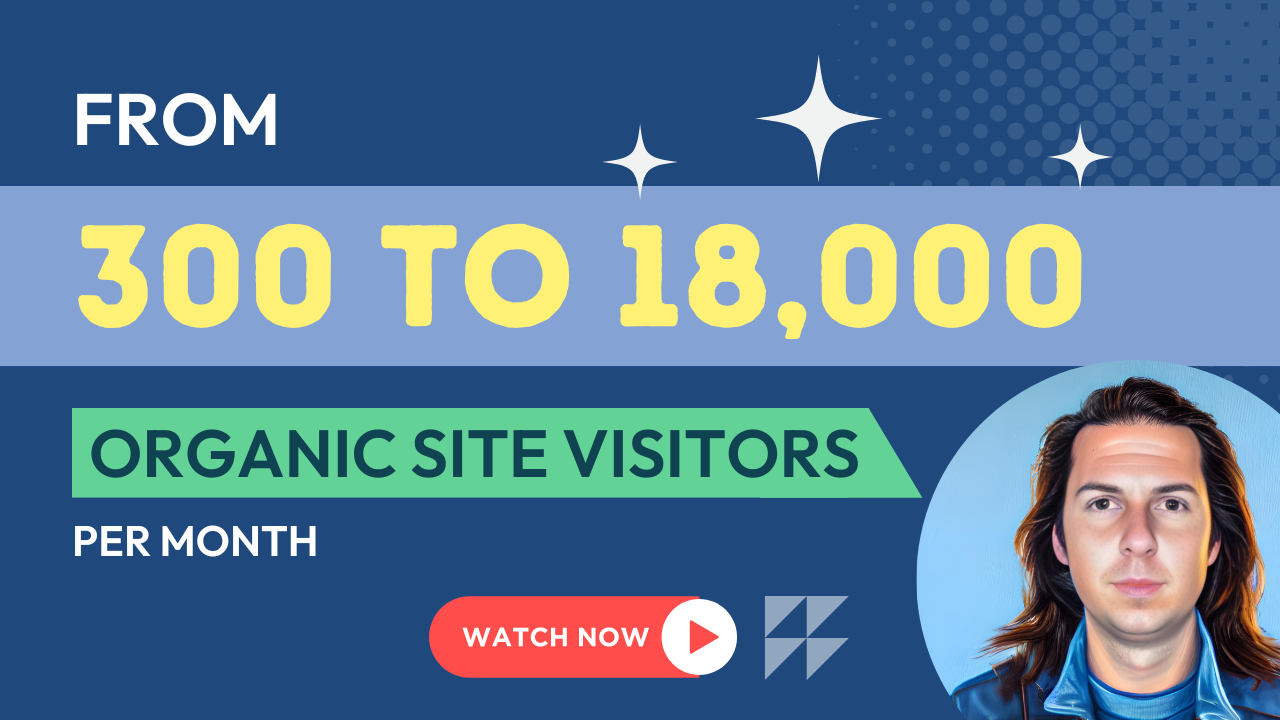Facebook campaigns are a great way to up your company’s marketing strategy and expand the reach of your brand. While they may seem simple to do, Facebook Campaigns involve a lot of different steps and planning in order to be successful. Below we outline what you need to focus on in order to set up your Facebook Campaign and create a winning marketing strategy.
What is your goal?
The first step to setting up any campaign, but especially a Facebook campaign, is to clearly define your goals. Facebook calls these goals your “campaign objectives,” and they determine everything from the type of ad you’ll post to how much your budget will be. Choosing your objective is always the first step you’ll make when setting up your Facebook campaign, so it’s a good idea to have your goals outlined before you go to set up your campaign.
To give you an idea of what kind of campaign objectives are available in Facebook ads, here is a complete list of the goals you can choose from:
- Brand awareness
- Local awareness
- Reach
- Traffic
- Engagement
- All installs
- Video views
- Lead generation
- Conversions
- Product catalog sales
- Store visits
Letting Facebook know the specific goal you have for your campaign can help them auto-optimize your ads so you get the best results. To choose the best objective for your campaign, consider what the end goal of your ads are. What are you trying to achieve by running these ads? Is it more conversions, generating a larger lead list, or getting traffic to your website? Different objectives call for different formats, bidding options, and settings which is why it’s important that you take the time to choose the right objective for your campaign.
How to define success and ROI for your Facebook campaign
Depending on what your goal is for your campaign is going to change the way you define the success and ROI of your campaign. Some goals will have a more direct way to measure success, such as lead generation or increasing revenue. With these goals, you can see exactly how many leads you’ve captured or sales you’ve made as a result of your Facebook campaign. Other goals like brand awareness and engagement may not be as straightforward to measure in terms of success and ROI.
One way to determine the success of these goals is to take a look at previous campaigns and industry standards to have something to compare your results to. It’s also important to create your own measure of effectiveness and track the metrics of your campaign along the way. Analyzing how your campaign did in your target market is also a great way to measure your ROI. For example, if your campaign had a low redemption rate but a high rate within your targeted segment your ROI might be worth it.
Understanding conversions
Conversions are an essential part of your Facebook campaign. Being able to understand and interpret them can give you insights into your target audience and how effective your ads are. In the Facebook campaign manager there is a section that shows you the website conversions of your campaign. Within this section there is a breakdown of the different types of conversions—view and click results. These results are usually shown to you in terms of a user converting within 28 days after click an ad or one day after viewing it.
The important thing about conversions is understanding the difference between view and click results. While high view conversion rates could mean that your brand awareness campaign is successful, it could also just mean that people are simply scrolling past your ad instead of taking the time to read it. Seeing an ad and not interacting with it can still lead to brand awareness down the road, but there’s no sure way to measure it. Click through conversions are a much more reliable way to measure your campaign’s success because you know that the person actually intentionally interacted with your ad.
Picking your audience
When it comes to creating a Facebook campaign, your audience is arguably the most important part. When you’re picking your audience, Facebook gives you three primary options to chose from:
- Saved Audiences—These are audiences that you can create and save for future use based on choosing people’s location, demographics, and interests.
- Custom Audiences—Custom audiences are often created based on website traffic and are most often used for remarketing campaign. These audiences target people who have already engaged with your website and are considered high-value audiences. In order to create a custom website traffic audience you’ll need to install a FAcebook Pixel onto your website to track users who go there.
- Lookalike Audiences—If you already have a good idea of who your existing customer base is, lookalike audiences can help you reach people who are similar to them. By matching characteristics with people who already buy your product, you are more likely to have a high conversion rate.
With each of these different types of audiences, you can target the members based on things like location, age, gender and language. This is called demographic targeting. You can also target people based on interest—people who have shown an interest in a subject related to your product—and behavior—people who have purchased products, gone to events, or have anniversaries, that relate to your company. Even after you’ve selected an audience type and targeted it specifically to your product, you can still end up with a huge audience. Narrowing down your audience can help increase the success of your campaign and save you money. You can do this by excluding people who you know will definitely have no interest in your product or brand.
From setting your goal, to defining success, understanding conversions, and creating a target audience, there are a lot of moving parts when it comes to setting up your Facebook campaign. It’s important to take the time and energy to flesh out each part of the campaign so that you can set it up for success. A well set up Facebook campaign can lead to high conversion rates, lead generation, and website traffic that can increase your revenue.


